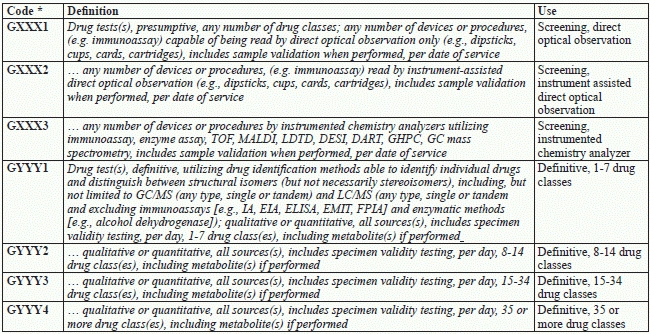Capture CCM System Services With 'Early Release' Codes 0408T-0418T

If you’re researching coding for cardiac contractility modulation (CCM) system services for your practice, then you’ll be glad to see the new codes available for these systems in 2016. But as Category III codes, these new additions don’t come without challenges. Here’s a look at the new codes, along with guidelines and expert tips to keep your claims clean.
Start With a Quick Look at CCM
CCM “is a treatment for patients with moderate to severe left ventricular systolic heart failure (NYHA class II–IV),” explains Ray Cathey, PA, MHS, CMSCS, CHCI, president of Medical Management Dimensions in Stockton, Calif.
CCM therapy, which stimulates cardiac muscle by non-excitatory electrical signals (NES), enhances ventricular contraction strength as well as the heart’s pumping capacity for both the short-term and the long-term, Cathey says.
Categorize Codes to Simplify Selection
Breaking the 11 new codes into groups will help with understanding when you’ll use each option.
Insertion/replacement codes: The first four CCM codes relate to insertion or replacement of the various components or the entire system:
Insertion/replacement tips: For insertion of the entire system, you should report 0408T. If the cardiologist inserts the components at separate sessions, you should report 0410T and 0411T once for each transvenous electrode the cardiologist inserts or replaces. You should use 0409T for pulse generator insertion at a session separate from electrode insertion.
Removal codes: The next two codes in the series describe removal of the individual system components:
Removal tip: You should report 0413T once for each transvenous electrode the cardiologist removes.
Generator replacement code: When the cardiologist removes only the old pulse generator and then replaces it with a new one at the same session, you’ll use this code:
0414T, Removal and replacement of permanent cardiac contractility modulation system pulse generator only.
Reposition/relocation codes: The next two codes allow you to report electrode repositioning or skin pocket relocation:
CCM Bonus: Apply Guidelines to Keep Coding Clean
Fortunately, CPT® has supplied several guidelines to assist with using the new CCM system codes listed in the previous section. These examples demonstrate the guidelines.
Example 1: Guidelines with the codes indicate that if the cardiologist removes the pulse generator and all three leads, you should report pulse generator removal code 0412Tx1 along with 0413T once for each electrode the cardiologist removes (0413Tx3 for three leads).
Example 2: Another guideline spells out that if the cardiologist removes and replaces the transvenous electrodes, you should report 0413T once for each electrode he removes. Also report atrial electrode replacement code 0410T and/or ventricular electrode replacement code 0411T depending on the position and number of electrodes replaced. So for removal and replacement of one atrial lead and one ventricular lead, you should report removal using 0413Tx2 and report the lead reinsertion using 0410Tx1, 0411Tx1.
Example 3: If the cardiologist removes and replaces the pulse generator and all three electrodes, you will report pulse generator removal using 0412T. Also report 0413Tx3 to represent the three transvenous electrodes he removes. Be sure to report system replacement code 0408T to represent inserting the new generator and electrodes at the same session.
Avoid these combos: The guidelines also forbid a number of code combinations, summarized in the table below.
Plan Ahead for Pitfalls of Early Release Cat. III Codes
The AMA released these codes July 1, 2015, with an implementation date of Jan. 1, 2016. But you won’t see these in the printed AMA CPT® manual until 2017.
Explanation: The AMA approved 0408T-0418T for publication as 2017 Category III codes but granted them “early release” status for use in January 2016, Cathey explains.
Problem: Many payers aren’t aware of “early release” codes, even though the AMA recognizes them, Cathey warns.
Solution: Cathey suggests that practices that plan on using these codes get the FDA certificate from the manufacturer and “also contact the CPT® Editorial Panel to get a letter recognizing these new codes as valid.”





